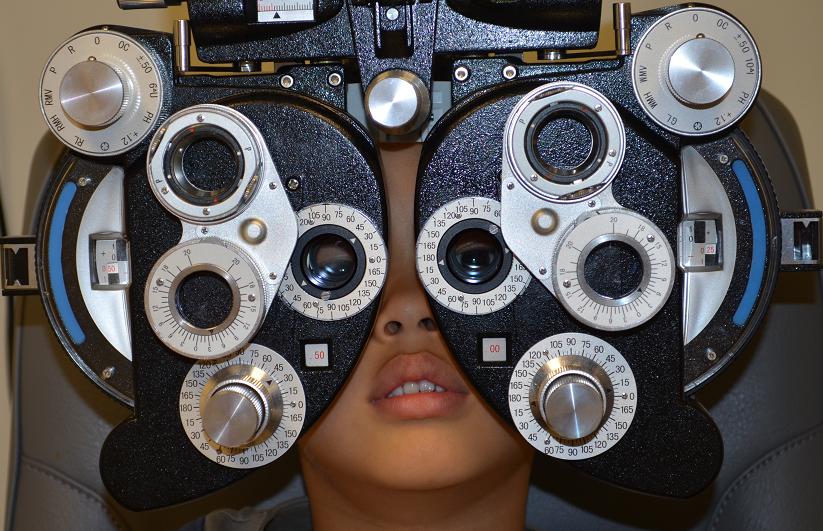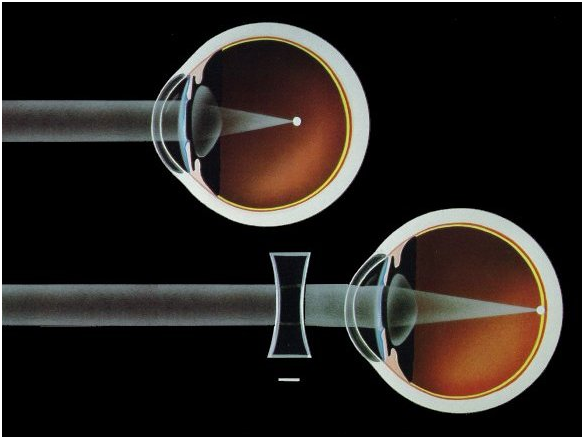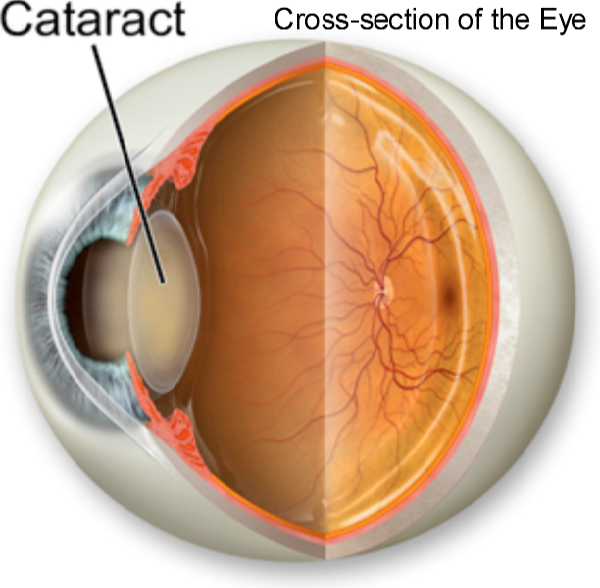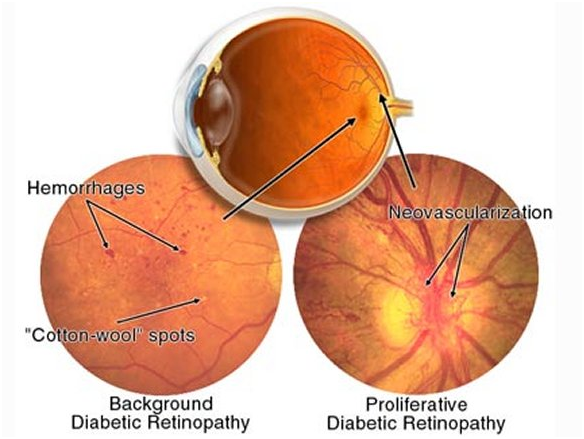Service
Comprehensive Eye Exam | Orthokeratology Lenses | Contact Lens | Nearsightedness | Farsightedness | Cataract Glaucoma Diabetic Retinopathy Children Vision Senior Vision Sports Vision
Comprehensive Eye Exam


A routine eye exam provides a baseline against which to measure future vision changes and the progression of eye disease or other medical problems. One hour once a year can make a significant difference in your vision, your health, and your quality of life. Our comprehensive eye exam will cover below areas:
Corneal Refractive Therapy/Orthokeratology Lenses

Corneal Refractive Therapy (also referred to as Overnight Vision Correction, Orthokeratology and Ortho-K), is the use of rigid gas-permeable contact lenses, normally worn only at night, to improve vision through the reshaping of the cornea without surgery. You remove the lenses when you awake and are able to go throughout the day without any other vision correction. This method can be used as an alternative to eyeglasses, refractive surgery, or for those who prefer not to wear contact lenses during the day. The latter may be due to discomfort from working in air-conditioned or dusty environments, from extended computer usage which reduces blink rates and tear film production or from displacement or loss during sports activities.
Dr. Sun's son, GEORGE, right now is wearing Ortho-K lenses and his day-time vision has been recovered to 20/20.
Contact Lenses

A contact lens is a corrective, cosmetic, or therapeutic lens usually placed on the cornea of the eye. Contact Lenses are the perfect solution for people with vision problems who do not wish to have surgery and do not like the feel and visual appearance of eyeglasses. Millions of people wear these little disk that fit right on your eye and give you crisp, clear vision without changing your appearance.
It has been estimated that 125 million people use contact lenses worldwide (2%), including 28 to 38 million in the United States and 13 million in Japan.
Nearsightedness (Myopia)

Myopia ("nearsightedness" or "shortsightedness")[1] is a refractive defect of the eye in which collimated light produces image focus in front of the retina when accommodation is relaxed. In simpler terms, myopia is a condition of the eye where the light that comes in does not directly focus on the retina which is in the back of the eye. Because of this, the image that one sees is out of focus when looking at a distant object but comes into focus when looking at a close object. This is common vision problem in children.
The vision correct can be done through Orthokeratology Lenses, Contact Lenese, EyeGlasses and Lasik surgery.
Farsightedness (Hyperopia)

Hyperopia, also known as farsightedness, longsightedness or hypermetropia, is a defect of vision caused by an imperfection in the eye (often when the eyeball is too short or the lens cannot become round enough), causing difficulty focusing on near objects, and in extreme cases causing a sufferer to be unable to focus on objects at any distance. As an object moves toward the eye, the eye must increase its optical power to keep the image in focus on the retina. If the power of the cornea and lens is insufficient, as in hyperopia, the image will appear blurred.
Cataract

A cataract is a clouding that develops in the crystalline lens of the eye or in its envelope, varying in degree from slight to complete opacity and obstructing the passage of light. Early in the development of age-related cataract the power of the lens may be increased, causing near-sightedness (myopia), and the gradual yellowing and opacification of the lens may reduce the perception of blue colours. Cataracts typically progress slowly to cause vision loss and are potentially blinding if untreated. The condition usually affects both eyes, but almost always one eye is affected earlier than the other.
Glaucoma

Glaucoma refers to a group of diseases that cause damage to the optic nerve. Containing more than a million nerve fibers, the optic nerve connects the eye to the brain. This important nerve is responsible for carrying images to the brain. The optic nerve fibers make up a part of the retina that gives us sight. This nerve fiber layer can be damaged when the pressure of the eye (intraocular pressure) becomes too high. Over time, high pressure causes the nerve fibers to die, resulting in decreased vision. Vision loss and blindness will likely result if glaucoma is left untreated.
Glaucoma usually occurs when fluid in the eye builds up, causing higher pressure than the eye can withstand. The canal responsible for draining this fluid becomes plugged, preventing proper drainage. In other cases, the eye may produce more fluid than normal and simply cannot be drained fast enough, producing higher intraocular pressure. Researchers do not know exactly what makes some people more prone to this problem. Other causes may include trauma, genetic disorders and low blood flow to the optic nerve.
Having high intraocular pressure increases the risk of developing glaucoma. Those who are over forty years of age and who are African-American also have an increased risk. Anyone sixty years of age is more at risk, especially Mexican-Americans. Furthermore, those with a family history of glaucoma are at higher risk of developing glaucoma. Having systemic diseases such as diabetes, high blood pressure and heart problems also increases your risk. Other risk factors include nearsightedness and direct trauma to the eye.
Diabetic Retinopathy

Diabetic Retinopathy is retinopathy (damage to the retina) caused by complications of diabetes mellitus, which can eventually lead to blindness. It is an ocular manifestation of systemic disease which affects up to 80% of all patients who have had diabetes for 10 years or more. Despite these intimidating statistics, research indicates that at least 90% of these new cases could be reduced if there was proper and vigilant treatment and monitoring of the eyes.
Dry Eyes

The eye depends on the flow of tears to provide constant moisture and lubrication to maintain vision and comfort. Tears are a combination of water, for moisture; oils, for lubrication; mucus, for even spreading; and antibodies and special proteins, for resistance to infection. These components are secreted by special glands located around the eye. When there is an imbalance in this tear system, a person may experience dry eyes.
When tears do not adequately lubricate the eye, a person may experience:
Children Vision

Children's vision care is essential to every child's development. Experts say that over 80 percent of what a child learns in school is presented visually, so making sure your son or daughter has good vision can make a big difference in their academic performance.
Routine eye exams for children can detect any nearsightedness, farsightedness and/or astigmatism your child has so it can be promptly treated with eyeglasses or contact lenses. Routine exams are also needed to make sure your child's eyes are healthy and to rule out amblyopia, strabismus and other binocular vision problems that may interfere with your child's vision development, academic performance and sports vision.
According to the American Optometric Association (AOA), children generally should have their first eye exam at six months of age, another exam at age three and again at the start of school. Risk-free children should then continue to have their eyes examined every two years until age 18.
Children with risk factors for vision problems may need their first eye exam earlier than six months of age and may need more frequent eye exams throughout childhood. Examples of risk factors include:
Senior Vision/Presbyopia
Presbyopia is a condition where the eye exhibits a progressively diminished ability to focus on near objects with age. Presbyopia’s exact mechanisms are not known with certainty; the research evidence most strongly supports a loss of elasticity of the crystalline lens, although changes in the lens’s curvature from continual growth and loss of power of the ciliary muscles (the muscles that bend and straighten the lens) have also been postulated as its cause. Like gray hair and wrinkles, presbyopia is a symptom caused by the natural course of aging. The first signs of presbyopia – eyestrain, difficulty seeing in dim light, problems focusing on small objects and/or fine print – are usually first noticed between the ages of 40 and 50. The ability to focus on near objects declines throughout life, from an accommodation of about 20 dioptres (ability to focus at 50 mm away) in a child, to 10 dioptres at age 25 (100 mm), and levels off at 0.5 to 1 dioptre at age 60 (ability to focus down to 1–2 meters only).
Sports Vision
Because all sports have different visual demands, an optometrist with expertise in sports vision can assess your unique visual system and recommend the proper eyeglasses or contact lenses, or design a vision therapy program to maximize your visual skills for your specific sport. Remember, a thorough eye examination by your doctor of optometry is a great place to begin "getting the winning edge."
Eye protection should also be a major concern to all athletes, especially in certain high-risk sports. Thousands of children and adults suffer sports-related eye injuries each year, and nearly all can be prevented by using the proper protective eyewear. Especially for sports played outdoors, appropriate sunglasses are a must, and some sport-specific designs may even help you improve your game.
